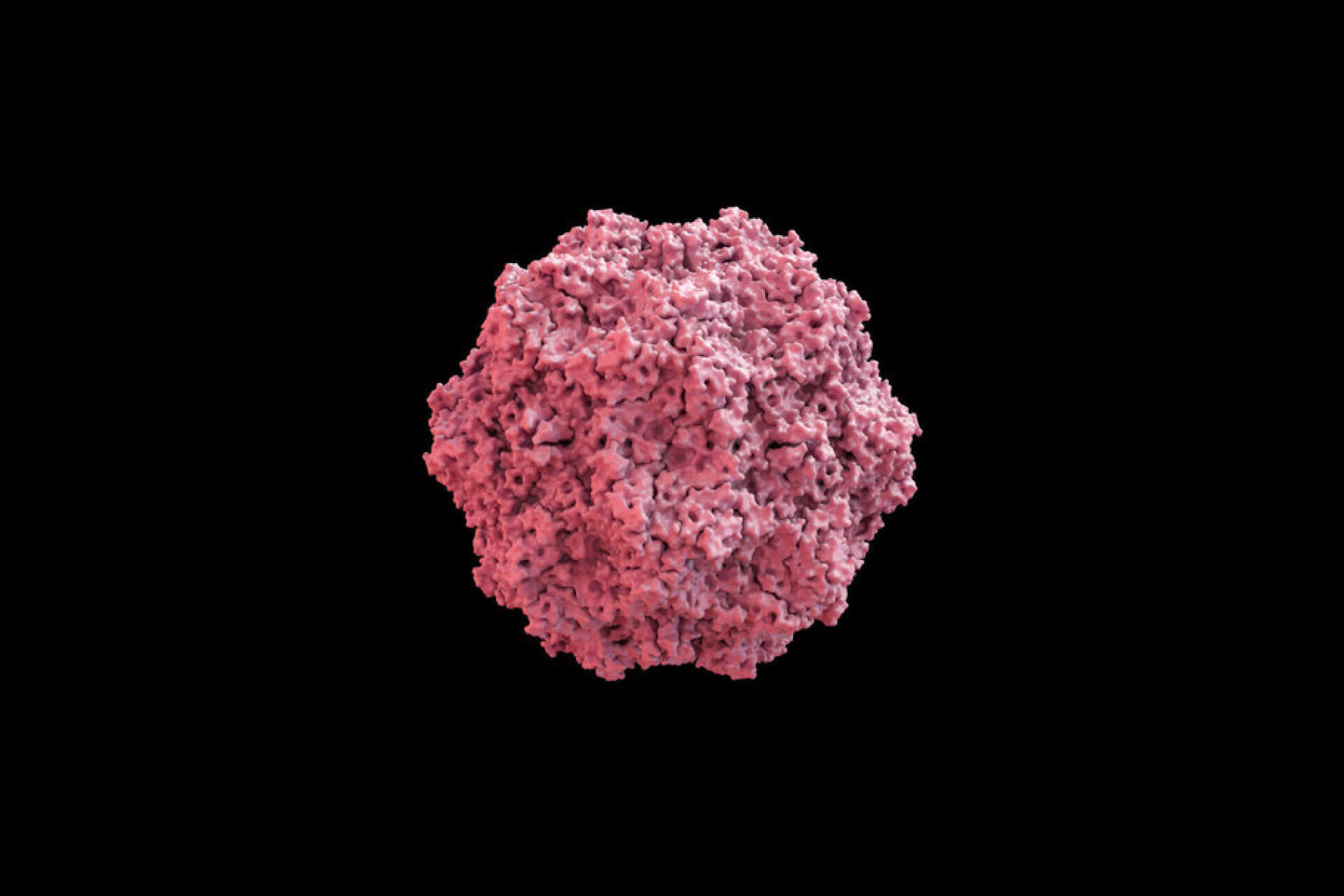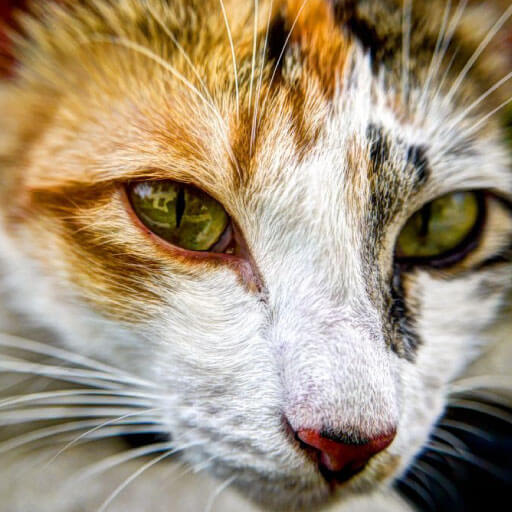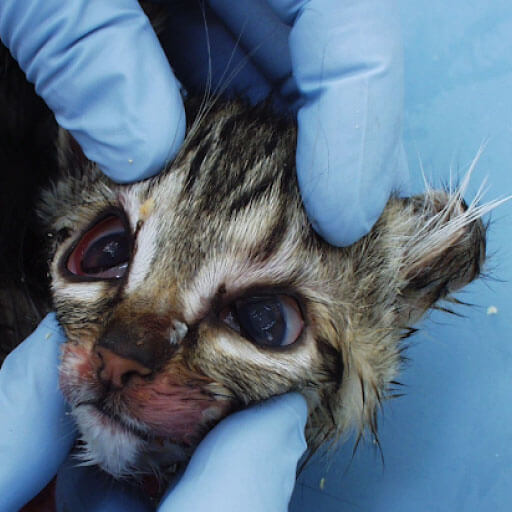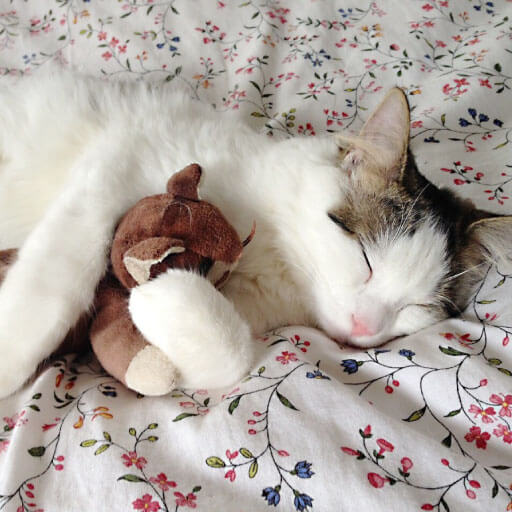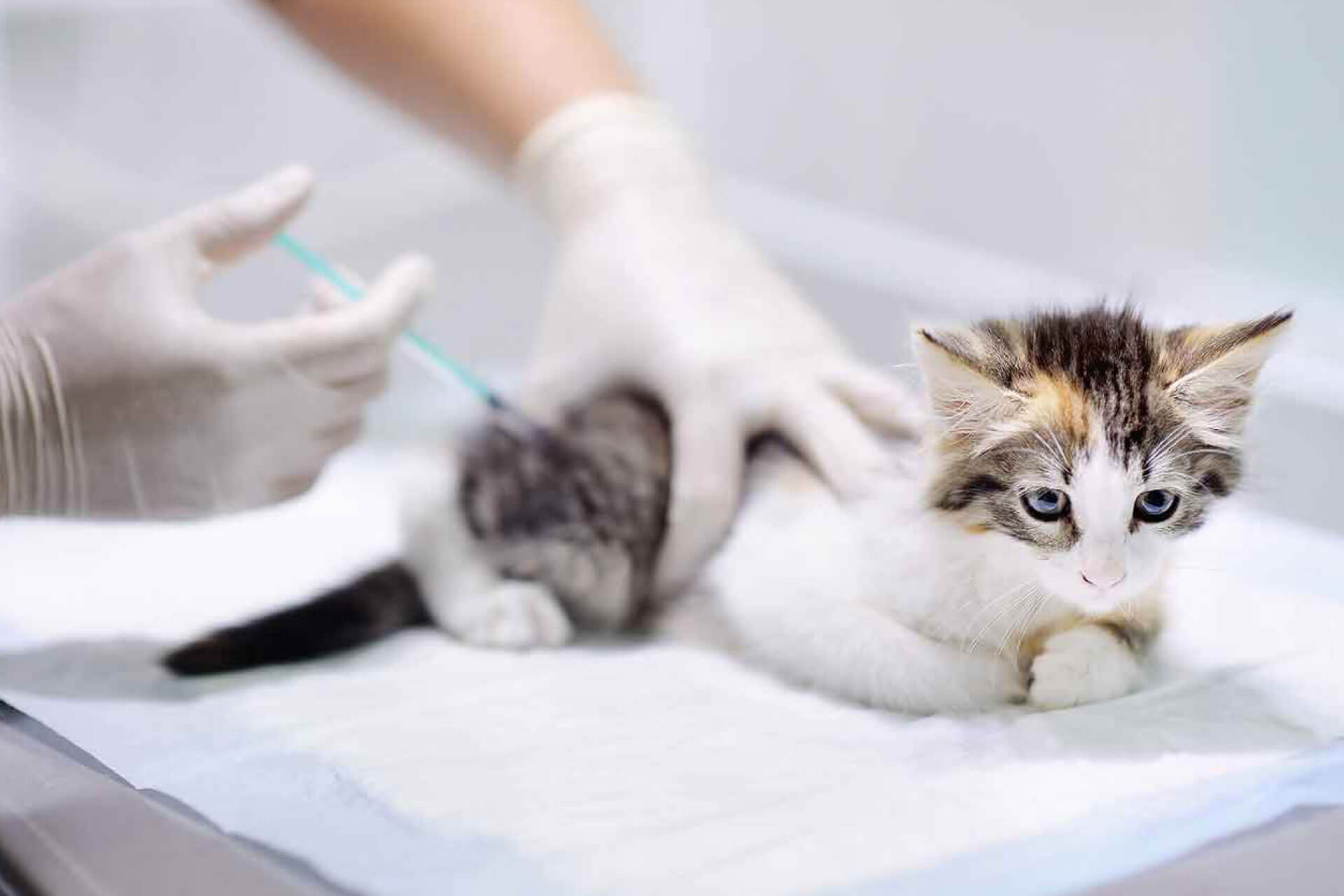
Distemper in Kittens
Cat distemper is a very contagious disease, especially in kittens aged 3 to 5 months, with a sudden onset and high fever, caused by a viral agent called “Feline ParvoVirus” with a very high mortality rate. Kittens under 3 months of age are protected from this disease with maternal antibodies if they have received enough milk from the mother cat. Adult cats older than 1 year are generally immune to feline distemper.
Modes of Transmission of Feline Distemper
The primary source of transmission of feline distemper is feces, but it is also spread from all other body secretions. At the same time, the environment, tools and materials contaminated with the body secretions of carrier cats are also an important source of contamination. Viral agents of feline distemper are taken into the body through the mouth and nose. These factors replicate in regional lymph nodes and cause viremia. It is especially seen in stray cats, shelters and houses where cat population is high.
Does Feline Distemper Disease Occur in Older Cats?
The distemper progresses without showing any symptoms in adult cats. In puppies, we see high fever first. The temperature is fluctuating. However, vomiting, bloody diarrhea and severe dehydration are seen. Sick cats become sluggish. It is seen that they are weakened too much. Intrauterine contamination and transmission in the early neonatal period also cause brain diseases.
Bloody Diarrhea in Feline Disorder
In the early period of the hemogram, there is a severe decrease in white blood cells. Anemia and a decrease in platelets occur due to bloody diarrhea. In the biochemistry assay, there is an increase in liver enzymes and electrolyte imbalances.
For diagnosis, feline distemper is suspected with the information obtained from the patient’s owner and clinical findings. Routine tests such as hemogram, biochemistry analysis and urinalysis should be checked. The findings here support the diagnosis. We can go to the definitive diagnosis by looking at the cat distemper kit test.
Treatment of Feline Disorder
Treatment of cats diagnosed with distemper should be started immediately. It is a very dangerous and devastating disease. For treatment, first of all, it is necessary to correct the fluid loss. Suitable fluids are given intravenously against electrolyte loss and low blood sugar. Vomiting should also be avoided to reduce fluid loss. Since the causative agent of distemper is of viral origin, antiviral drugs should be used and the patient’s immunity level should be supported. Appropriate antibiotics should also be given to the patient against secondary bacterial infections. Although there are cured cases, this rate is very low and the mortality is quite high.
Feline Distemper Vaccine
Kittens should be vaccinated to prevent disease. 8 for this purpose. The second dose is given 21 days after the first vaccine in a week. In the following years, the vaccine should be repeated annually.
It is very important to disinfect the living spaces of cats that have survived the disease. In particular, contaminated materials (such as food bowls, water bowls, sand bowls, toys) must be thoroughly cleaned or disposed of.


